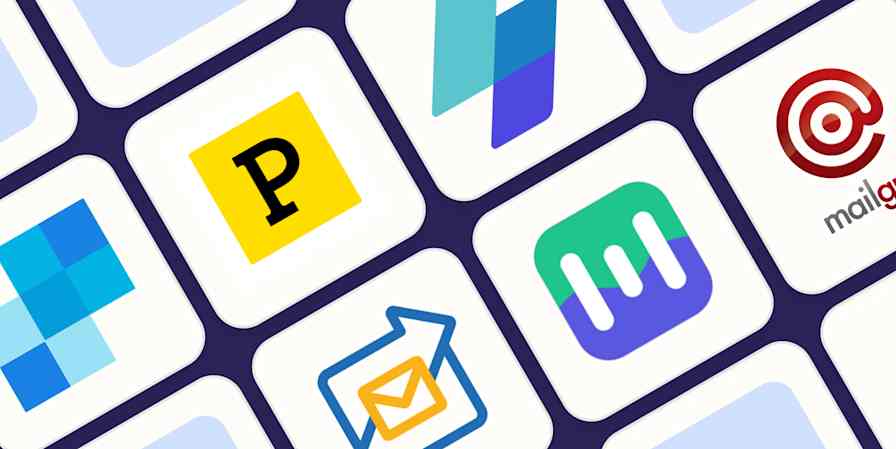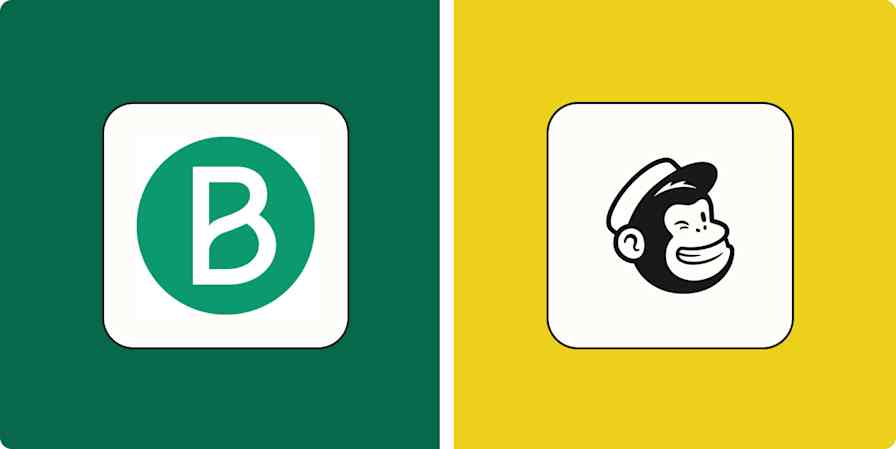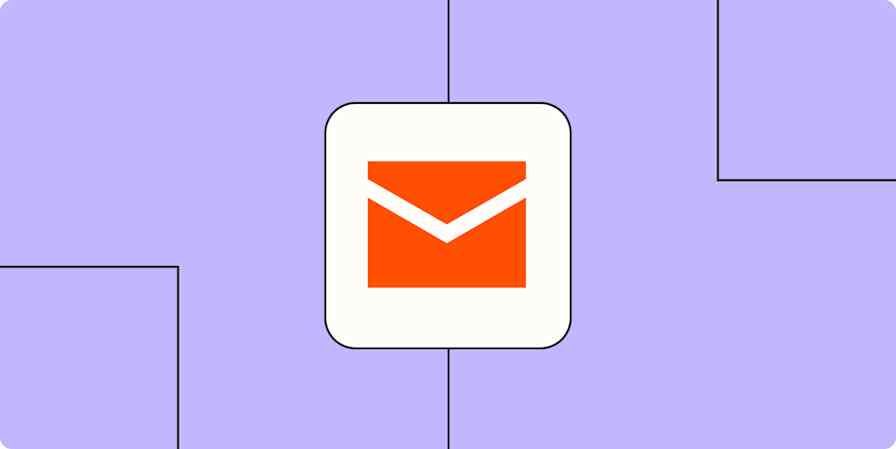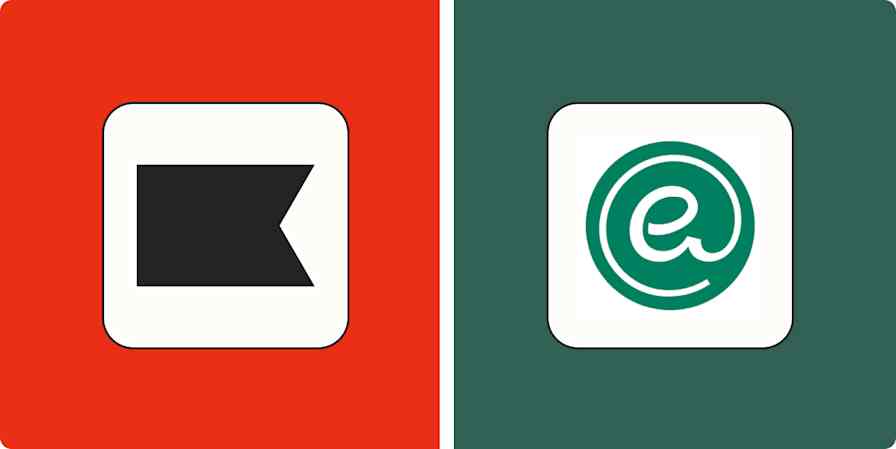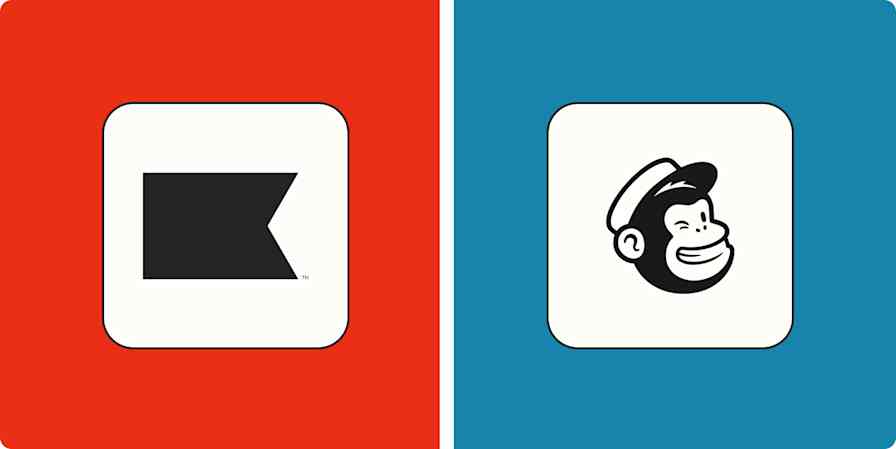I spent my summer analyzing the emails of over 100 B2B companies. That came out to 1,000+ emails and counting.
At CopyLift (my micro agency), I've helped small businesses, agencies, and even large tech companies optimize their email marketing. Yet I knew there was a whole lot left for me to learn, which is why I embarked on this experiment.
It wasn't all bad news—I have to give a hat tip to the brands that sent some of the best B2B emails I've ever seen. But now, let's get into the most common mistakes, errors, and awkward situations I encountered in my inbox.
5 mistakes to avoid if you want to convert more B2B email subscribers into customers
1. Don't overdo it with new subscribers
Email has been around for decades, so I figured everyone would know the email marketing fundamentals—like don't body-slam a new subscriber with sales pitches.
And yet.
A surprising number of companies whose emails I read chopped down the traditional welcome sequence into a single welcome email, and then proceeded to send me almost daily sales emails.
That's why I love the concept of onboarding in SaaS. It goes beyond the typical welcome email and into actively working to get this new subscriber to experience the value of your product. Without even paying for anything yet.
If you want new subscribers to convert into paying customers, here's what to do: Ditch the single "Welcome to [insert brand name]" email mentality. A single welcome email isn't enough to build the theoretical "know, like, and trust" with a new subscriber. Instead, replace that single email with an email sequence that's aimed at "onboarding" a new subscriber. You're onboarding them into your world, into your company values, into your culture. Before you pitch.
A simple way to avoid the body slam is to make that new onboarding sequence a non-negotiable that every new subscriber has to go through. Set up rules in your marketing automation platform to prevent subscribers still in that sequence from receiving your ongoing promotions. That way, even if you're running a major sale or announcing a big product launch, new subscribers don't receive the series of sales emails other segments of your list are getting.
2. Avoid boring subject lines
From my experience, it seems like most B2B companies are scared of emails with provoking subject lines. But it's worth experimenting with because boring subject lines imply boring emails, which means zero opens.
When I first launched an email newsletter for CopyLift, I spent hours every week curating copywriting examples with before and after versions and explanations. Then I sent out the emails, actively anticipating multiple inquiries, questions, reactions, something, anything. But none of it happened. My open rates for my small but mighty list were pitiful.
Eventually, I paused that newsletter and relaunched it a few weeks later. This time around, I used attention-grabbing subject lines. The result? Industry leaders who had been on my list but weren't opening my emails immediately started opening and reading them. Definitely a win.
My hypothesis for what went wrong initially: my subject lines were boring. So even though the content of the emails was stellar (in my totally unbiased opinion), the subject lines didn't build enough curiosity to actually get those emails opened—people assumed the emails were boring too.
Here's an example of a subject line I absolutely loved:

This was Userlist's first welcome email. Yes, a welcome email! Imagine being a new trial who's about to test out the tool and this shows up in your inbox. I bet you'd be curious to find out what's inside.
3. Don't break the Rule of One
Let's have a mini copywriting masterclass right now. Introducing: the Rule of One. Learn it. Use it. Love it. And don't ever, ever break it—like the hundreds of emails I studied did.
What's the copywriting Rule of One?
One reader: Write to one specific person.
One big idea: Have one memorable concept you want the reader to understand.
One offer: Have one irresistible offer you want the reader to take action to get.
One promise. Have one specific result or outcome the reader can expect to achieve through the one offer.
The Rule of One is important if you want to write copy that resonates with your target audience. When writing emails for my clients, I like to adapt the Rule of One. Here's my version:
One reader: Write to one specific person in a hyper-targeted email segment.
One big idea: Have one memorable concept or story the reader should understand.
One call-to-action: Have one clear call-to-action the reader should take by the end of that email.
Following the Rule of One will help you avoid sending emails with 99 calls to action (but your reader won't click one). Too many choices, so they do nothing. Decision paralysis costs you the conversion.
This is more common than you'd think. I saw dozens of examples, and I even got a textbook Franken-email (don't ask me which textbook) from a well-known B2B company that had seven calls-to-action.
If you're writing an email and you feel the need to ask your reader to take more than one action, that's a sign you need more than one email. So split it. One action for each email.
4. Stop being so formal
Even if you have a list of 90,000 people, they're not all huddled around the same laptop reading your email. You're speaking to one person at a time, so write your emails like you're having a 1:1 conversation. Ditch the corporate speak. Write in business casual, not like you're wearing a tux.
Here's an excellent example from Bitly.

You don't need to go all in on waffles—you can keep the professional voice and tone without sounding too buttoned-up. If you want emails to convert—if you really want to get that 40:1 ROI that email marketing is famous for—ditch the corporate speak.
5. Don't "blast" your subscribers
We've all heard it a million times: Segment. Your. List. And it's great advice. It's necessary, in fact. But you don't segment your list just for the sake of it. You segment your list for the sole purpose of sending hyper-relevant emails—emails that are sent to the right person, at the right time in their buyer journey.
To avoid sending irrelevant emails, these are the two unskippable steps I take:
Audit what currently exists
Create an email map
I always build out a detailed email map before I write a single word. The email map will display all the emails each list segment will receive, in the exact order, and with the specific call to action—i.e., all the necessary information you'd need to send hyper-targeted, relevant emails. Here's an example.

Sometimes an email flow can be 30 emails long, so without proper "mapping," you might end up sending a ton of unnecessary messages—since you won't know what each subscriber needs to see at a specific point in their buyer journey.
Use a framework, not a template
Those are the most common mistakes I've seen B2B companies make with email—both in the companies I've worked with and in the 100+ companies I studied over the summer.
But I'll leave you with one last tip: if you want to write email copy that converts, avoid using a template. Instead, learn one or two copywriting frameworks and experiment with them. The PAS framework (Problem-Agitation-Solution) is the simplest to start with, and it works wonders in emails. It'll be worth the extra hour or two you spend learning how to use it well.
This was a guest post by Esther-Grace Okonkwo, an email strategist and conversion copywriter for B2B & SaaS companies at CopyLift.
Related reading:




